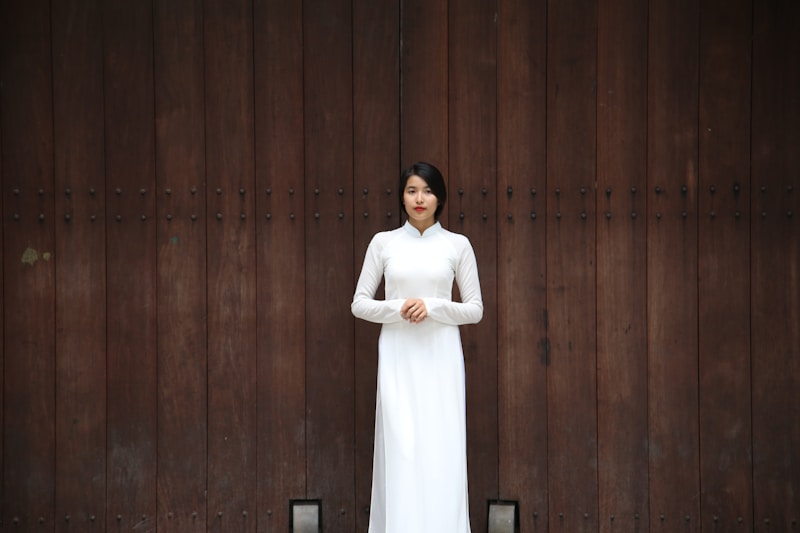Essential Guide to Alterations for Wedding Dress Fitting
Wedding Dress Shopping can be one of the most exciting experiences for brides-to-be, but it often comes with a crucial but sometimes overlooked aspect: alterations for wedding dress fitting. This process is essential to ensure that the gown fits perfectly and makes the bride feel confident on her special day. In this article, we will explore the importance of wedding dress alterations, what to expect during the fitting process, common alterations needed, and valuable tips for brides as they navigate this vital step.
The Importance of Alterations
When a bride chooses her dream wedding dress, it may not fit perfectly right off the rack. Various factors come into play, such as sizing differences among designers, the bride's unique body shape, and the style of the dress itself. This is where alterations become essential.
Why are Alterations Necessary?
- Ensures a Perfect Fit: Alterations help achieve a streamlined, flattering silhouette.
- Enhances Comfort: A well-fitted dress is not only visually appealing but also comfortable to wear throughout the day.
- Polishes the Look: Fine-tuning the gown can elevate its overall appearance, creating a more elegant and sophisticated look.
What to Expect During the Fitting Process
Brides may feel nervous about the fitting process, especially if they are unsure about what to expect. Here is a comprehensive breakdown of the fitting process:
1. Choosing an Alterations Specialist
It is crucial to select a skilled alterations professional. Look for recommendations from friends, bridal boutiques, or online reviews to find someone with experience in Wedding dresses.
2. Initial Fitting Appointment
During the first fitting, the alterations specialist will assess the dress on the bride. This is an opportunity to discuss any specific changes that need to be made, such as adjusting the neckline, hemline, or taking in seams.
3. Measuring and Pinning
The tailor will take precise measurements and may use pins to mark where adjustments are needed. Make sure to wear the appropriate undergarments and shoes that you plan to wear on your wedding day.
4. Follow-Up Fittings
Most brides will need at least two fittings before the dress is perfect. The first fitting is often for major adjustments, while subsequent appointments focus on final tweaks.
5. Final Fitting
During the final fitting, check the overall fit and comfort of the dress. Ensure everything is to your liking, including how the gown looks while sitting and walking.
Common Alterations for Wedding dresses
Here are some typical alterations brides may consider:
| Alteration Type | Description |
| Hem Adjustment | Shortening or lengthening the dress to achieve the desired length. |
| Taking In or Letting Out | Adjusting seams to fit the bride's body shape better. |
| Strap Adjustments | Changing the length or style of the straps for added support and style. |
| Neckline Alterations | Modifying the neckline for a more flattering look or added modesty. |
| Adding Bra Cups | Inserts that provide extra support and shape to the dress. |
Key Considerations for Brides
As brides prepare for their fitting, here are some essential tips to keep in mind:
- Schedule Early: Book your first fitting at least 2-3 months before the wedding. This timeline allows enough room for multiple fittings if necessary.
- Bring Your Wedding Shoes: Wear the shoes you plan to wear on your wedding day to get an accurate hem measurement.
- Communicate Clearly: Don’t hesitate to voice your preferences and concerns during fittings. The more clear you are, the better the alterations will align with your vision.
- Visualize the Complete Look: Consider bringing your veil or accessories to see how they complement the dress during fittings.
- Budget for Alterations: Alterations can vary in cost, so planning a budget for these changes is essential. Prices can range significantly, typically between $100 to $600 based on the complexity of the work.
Frequently Asked Questions (FAQs)
How much do wedding dress alterations typically cost?
The price of alterations can vary widely depending on the complexity and location, ranging from $100 to $600 or more. It’s advisable to discuss costs upfront with your tailor.
How many fittings should I expect?
Most brides will require at least two fittings, but additional appointments may be necessary based on the extent of alterations needed.
Can I get alterations done anywhere?
While some tailors may have experience with Wedding dresses, it’s best to find someone who specializes in bridal alterations to ensure the best results.

Conclusion
In summary, alterations for wedding dress fitting are a vital component of preparing for your wedding day. With the right tailor, effective communication, and adequate time for multiple fittings, you can ensure that your wedding gown fits perfectly, allowing you to feel confident and beautiful on your special day. Remember to budget accordingly and schedule your fittings in advance to alleviate any last-minute stress. Happy planning!